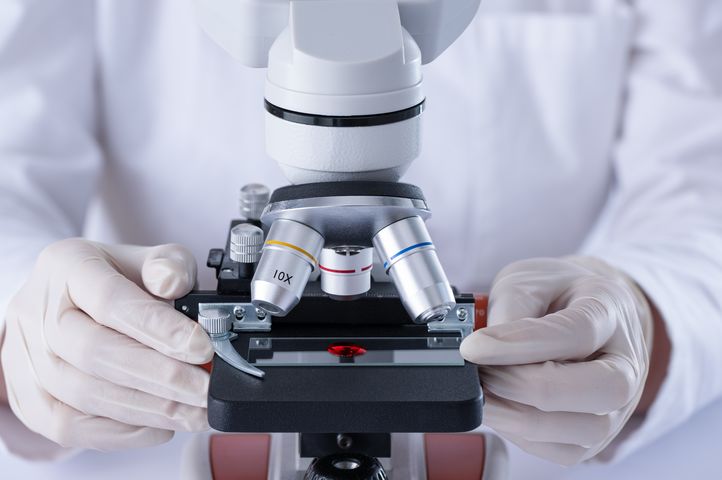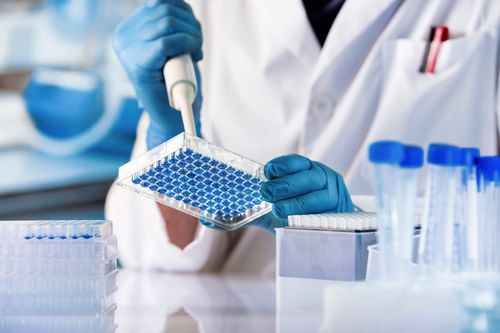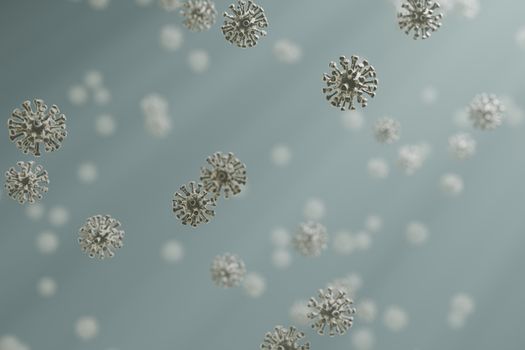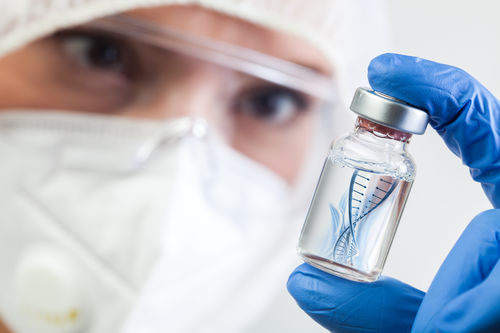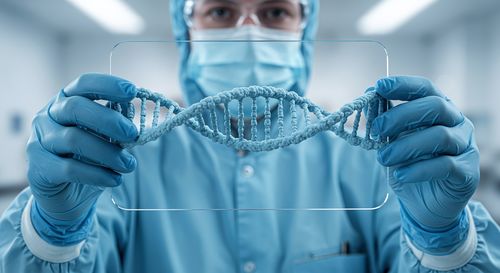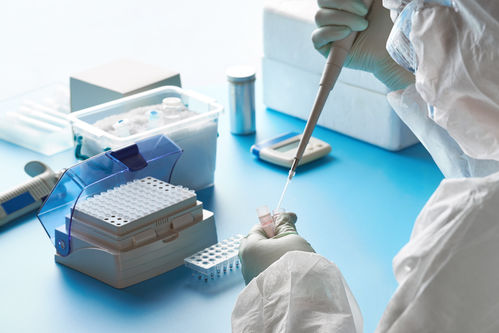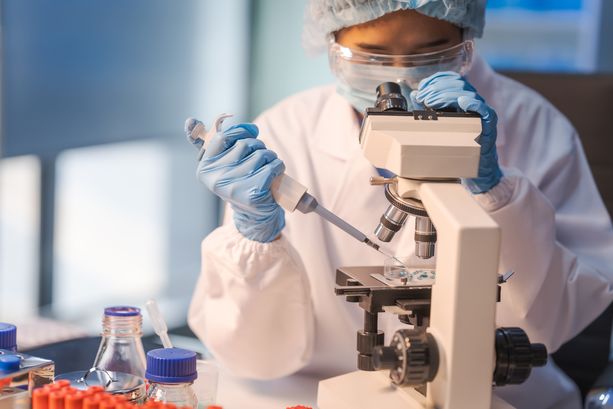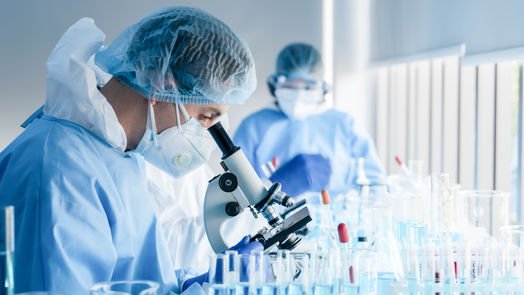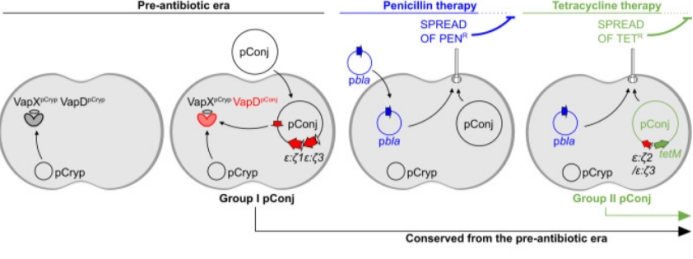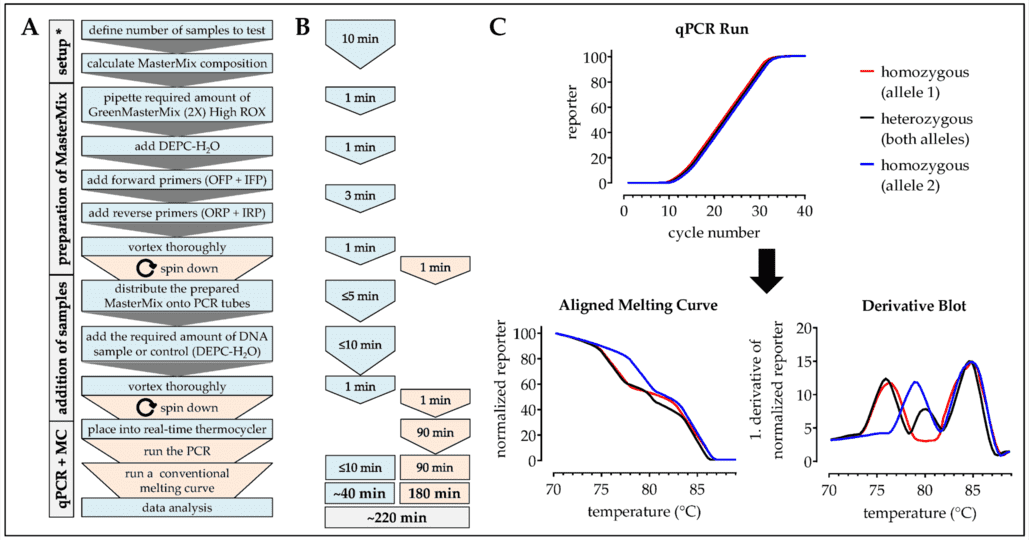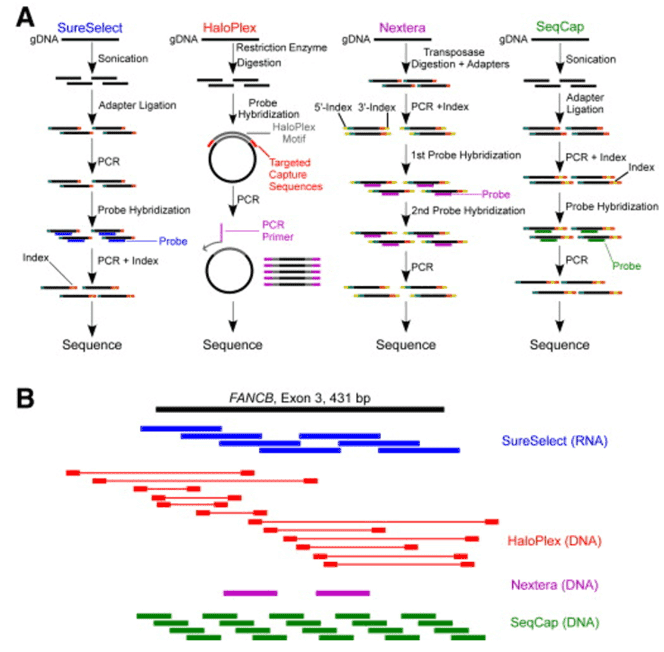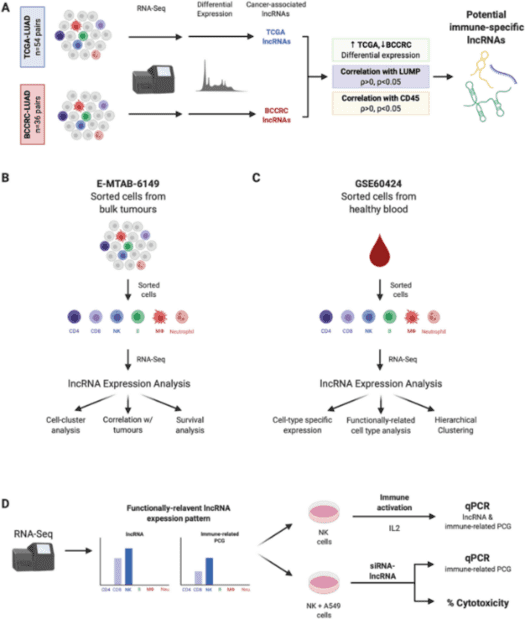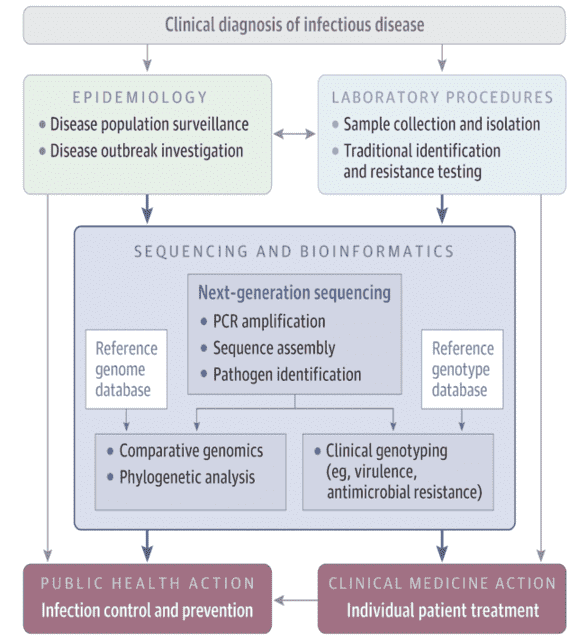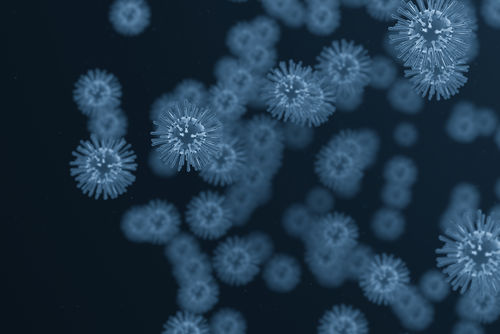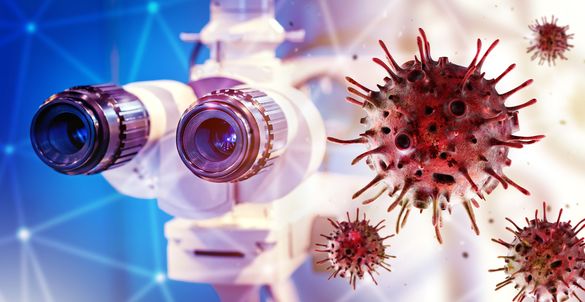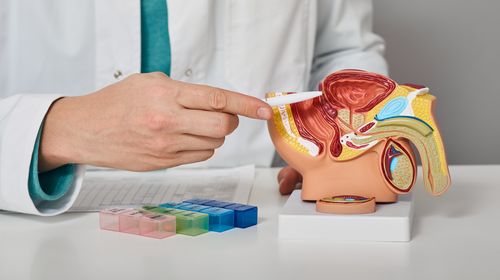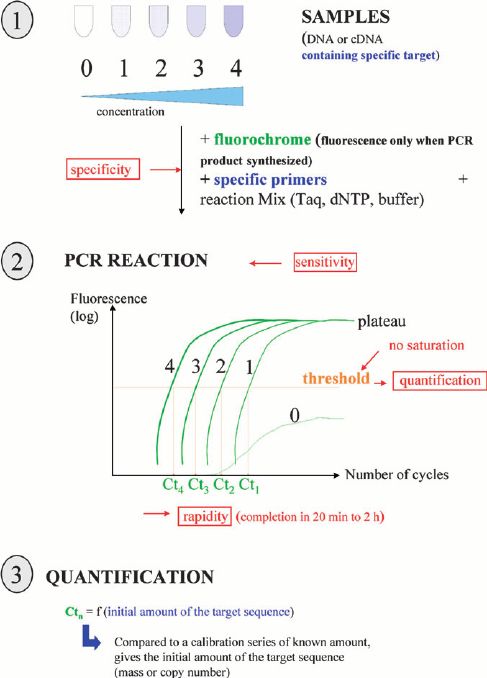Custom Metabolic Myopathies Panel
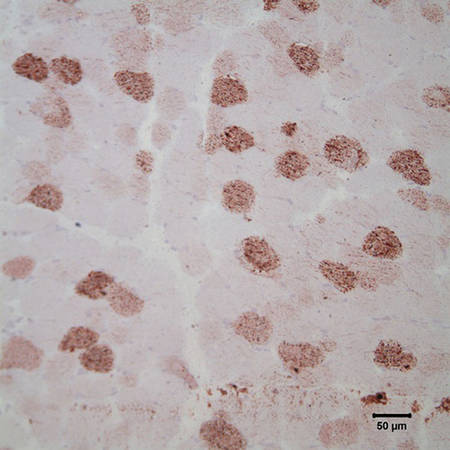
What are metabolic myopathies?
Contracting muscle needs multiple substrate to supply energy. When the process of generating energy in muscle cells is interfered, the cooperation of bones and joints cannot perform properly, causing progressive muscle weakness, fatigue, episodes of pain and cramps after exercise, and/or extensive death and breakdown of muscle tissue, which are some common symptoms of metabolic myopathies. Metabolic myopathies are diseases with defects in enzymes and proteins involved in intermediary metabolism of glucose and fatty acids. It comprises of hereditary (primary) disorders, and acquired (secondary) disorders. Within hereditary disorders, multiple organs are often affected, including respiratory system, etc. Although some people with metabolic myopathies can live normal lives without experiencing significant symptoms due to several pathway to produce ATP, the deficit in ATP can cause severe symptoms when more energy are required to meets body's needs. Three major groups, fatty acid oxidation defects (FAODs), glycogen storage disease (GSD), and mitochondrial myopathies, are mainly inherited.
Disease-related gene description
The mutations of different genes involved in different metabolic progress lead to FAODs, GSD, mitochondrial myopathies and other metabolic myopathies. The deficiency in glycogen metabolism is the main cause of GSD. The McArdle disease (GSD5), the most common metabolic myopathy, is the cause of heterozygous mutations in the PYGM gene, encoding enzyme myophosphorylase. Under normal condition, myophosphorylase initiates glycogen breakdown into glucose-1-phosphate at the early stage of muscle contraction, then gluscose-1-phosphate will be converted into glucose within additional steps. The dysfunction of myophosphorylase will lead to muscle pain and the muscle contracture. Fatty metabolism is also one of the important energy production pathways. 60 mutations in SLC22A5 gene have been reported to cause primary carnitine deficiency, leading to dysfunction of the mitochondrial oxidation of fatty acids. In addition, various mutations in the PNPLA2 gene have been reported in patients with neutral lipid storage diseases associated with myopathy (NLSDM) or neutral lipid storage diseases associated with ichthyosis (NLSDI). More genetic alterations have been found in metabolic myopathies, including PGM1, EPM2A, NDUFS1, ADCK3, TACO1, and so forth.
To have better understanding the mutations in genes involved in metabolic myopathies, our platform provides targeted DNA sequencing by the Illumina MiSeq. You can choose genes of interest for your research from our comprehensive metabolic myopathies panel, covering genes found altered in metabolic myopathies.
Custom metabolic myopathies panel offers but are not limited to:
-
Targeted enrichment technology by Illumina MiSeq system can provide unparalleled coverage uniformity and highly targeted resequencing, so that the low frequency variants can be detected.
-
Customize your own panel for your research save your cost and increase efficiency.
-
The strict quality control and further validation through the workflow ensure the accuracy, repeatability and validity of data.
-
The updated content of metabolic myopathies panel is determined by literatures about metabolic myopathies.
-
The custom metabolic myopathies panel covers as many genes related to any disorders as possible to meet your requirement for your research.
-
The panel is completely customizable.
Choose the genes that suit you from the metabolic myopathies gene list
| ABHD5 |
ACAD9 |
ACADM |
ACADS |
ACADVL |
| ADCK3(CABC1) |
BCS1L |
C12orf65 |
COQ2 |
COQ9 |
| DYSF |
EARS2 |
ECHS1 |
ENO3 |
EPM2A |
| GBE1 |
GFER |
GFM1 |
GYG1 |
GYS1 |
| LAMP2 |
LDHA |
LIPT1 |
LPIN1 |
LRPPRC |
| NDUFA1 |
NDUFA10 |
NDUFA12 |
NDUFA2 |
NDUFA4 |
| NDUFAF5 |
NDUFAF6 |
PFKM |
PGAM2 |
PGK1 |
| PGM1 |
PHKA1 |
PHKA2 |
PYGM |
RBCK1 |
| SCO2 |
SLC19A3 |
SLC22A5 |
SLC25A20 |
SLC25A3 |
| SLC25A4 |
TAZ |
TK2 |
TEME70 |
TMEM126B |
(Download the epilepsy gene list for more genes)
Specimen requirements of our custom metabolic myopathies panel
- Specimen: whole blood, saliva or extracted DNA (not FFPE-compatible).
- Volume: 8 mL whole blood, 2 mL saliva or min. 1 μg DNA.
- Collection: blood is collected by routine blood collection and saliva is collected by spitting into the provided container. DNA samples are stored in TE buffer or equivalent.
- Container: lavender-top (EDTA) tube or yellow-top (ACD) tube.
Gene panel workflow

For more information about the Custom Metabolic Myopathies Panel or need other amplification requirements, please contact us.
References:
- DiMauro S., et al. Metabolic Myopathies. Current Rheumatology Reports, (2010) 12:386–393
- Koo P. and Sethi J.M., Metabolic Myopathies and the Respiratory System. Clinics in Chest Medicine, 39 (2018) 401–410
- Tarnopolsky M.A., Metabolic Myopathies. Continuum (Minneap Minn), 2016;22(6):1829–1851
- Olpin S.E., et al. The investigation and management of metabolic myopathies. Journal of Clinical Pathology, 2015;68(6), 410-417
- Biegen B.R., et al. Metabolic Encephalopathy and Lipid Storage Myopathy Associated with a Presumptive Mitochondrial Fatty Acid Oxidation Defect in a Dog. Frontiers in Veterinary Science, 2015; 2: 64
* For research purposes only, not intended for clinical diagnosis, treatment, or individual health assessments.
Related Services
Related Products
Related Resources


